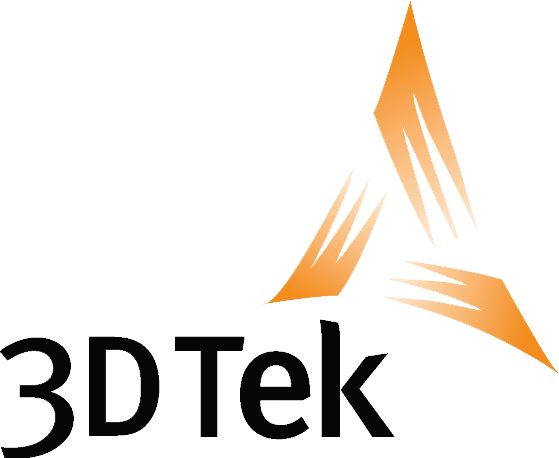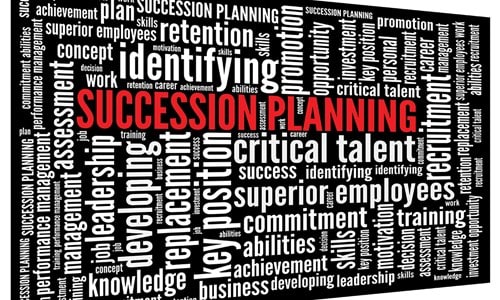Creating a Succession Plan (Part 2)
A Three-Part Guide on How to Properly Create a Succession Plan – 2
Once you’ve committed to creating a Succession Plan for your company, developed a roadmap for the decision-making process, and determined which leadership positions should be included, it’s time to begin identifying and assessing potential leaders.
Growing Succession Candidates
Whenever possible, a Succession Plan should focus on nurturing and developing employees from within the organization, though it may include external recruitment as well. Employees who are identified as having the skills, knowledge, experience, qualities, and desire should be groomed to potentially fill specific, key positions. It’s not enough for them to seem “right” for the job–in addition to considering their experience and duties, you must also assess their personality, leadership skills, and readiness for taking on a key leadership role quickly in a time of need.
In evaluating potential candidates you should:
- Assess your current and future needs based on your strategic plan, objectives, and goals
- Match these to the capabilities of your existing workforce
- Develop a plan to manage the gaps that will arise when individuals are promoted in time of succession
Everyone is a Potential Candidate
While focusing on the obvious individuals who show high potential allows you to put more of your time and energy into coaching these candidates, it can be short-sighted. As Dan Schneider of The Rawls Group said, “Most successful organizations focus on everyone.”
You may have a manager who is excellent at his or her job, but would not excel in a higher level position. At the same time, there may be individuals who are not yet in leadership roles who present professional qualities that would make them strong leaders. It’s important to look at all of your employees when drawing up your Succession Plan, not just the obvious ones.
Employee Assessment
Create a specific profile for each job in the Succession Plan using a BASKET assessment, defining the Behavior, Attitude, Skills, Knowledge, Experience, and Talent needed to succeed in the position. When creating the Succession Plan BASKET assessments, don’t forget to consider what skills may be necessary for each role in the future. Growth and expansion often require new or different skillsets.
Comparing these assessments to an employee’s current BASKET assessment will create a good indicator of their current level, their readiness to move to the next level, and if they are ready, whether they are ready to move up more than one level. Discussing the results with employees can help them understand what’s expected of them in their current role as well as what talents they may need to be focus on in order to move forward.
Mapping Tools
It can be a difficult task to manually track and oversee talent management in companies having 200 or more employees. Luckily there is cost-effective software which allows you to map employee development and progress, accurately and effectively tracking career development while saving time and cutting paper usage. These digital maps make it easy to pull up an employee’s progress and performance, which makes succession planning much quicker and efficient for companies with a large employee base.
The Presentation and Decision-Making
Now that the positions and proposed candidates have been defined, it’s time to present it to the Board and C-Suite. In our third and final segment we will discuss how to put all of the gathered information into an orderly and effective Succession Plan ready for presentation.
Let 3D Tek be your guide to your leadership and talent management. We specialize in Executive Search and IT Staffing services, working with companies nationwide to align them with only the best talent. Visit www.3dtek.com to learn more about who we are, or call us directly to speak about your needs at 352-569-9203; 111
Research Cited:
Board of Directors









